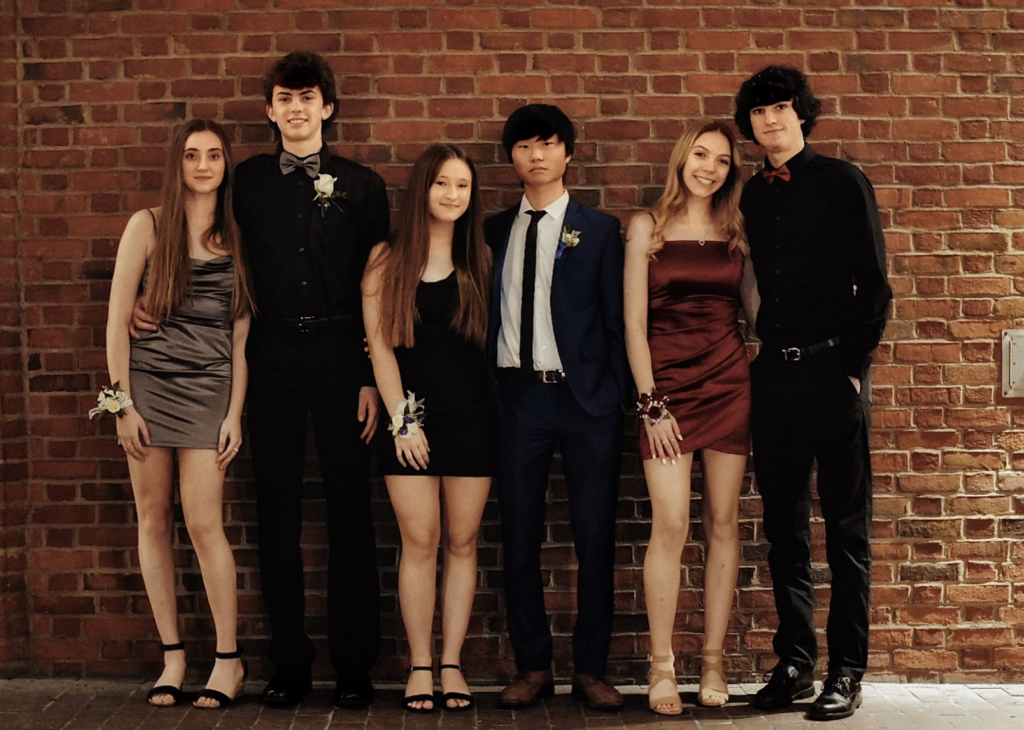Shadows are an important part of every portrait – you definitely need shadows to make your portraits look their best! Of course, the quality of shadows matters a lot, since shadows with hard edges are not flattering. Hard shadows can easily reveal various imperfections such as pimples, wrinkles and uneven skin tone and it’s best to avoid them unless you want extremely dramatic and daring portraits.
Soft shadows are a safer choice and they can work great in many different scenarios – it doesn’t matter if you’re shooting fashion models or headshots for companies. To make more flattering shadows, you have to consider two main things – the distance between the model and the light and the quality of light.
Check out the following tips and make sure to test them out – they will help you achieve professional looking portraits!
1. Move The Light Closer To The Model
If you’re not happy with the quality of shadows in your portraits, one of the first things you can do is to get the light source closer to the subject. This will affect the edge between shadows and bright parts of the subject, also known as the shadow edge transfer.
The closer the light to the model, the softer this edge will be – in other words, bright parts will turn into shadows more gradually.

2. Use More Dispersed Light
A physically bigger light is always better to work with – for this reason, window light is great for portraits because the entire sky becomes your light source. Because of this, simple window light portraits always have those subtle, soft-edged shadows.
Of course, you don’t have to stick to natural light in order to achieve soft shadows. There are many different ways to get that soft and diffused light source:
- Bounce the light off a large surface
- Bounce the light into a reflective umbrella
- Shoot your model through a diffuser panel
- Use a softbox or octabox

You should bear in mind that the distance between the diffuser and the subject will also affect the quality of shadows. If you use softboxes, you can get them very close to your subject and produce amazingly soft and flattering light.
If you’re low on budget, you can use cheap but effective diffusion alternatives such as wax paper, shower curtains, IKEA blinds or 5-in-1 reflectors which can cost as low as $15.
3. Fix Harsh Lighting in Lightroom
Finally, if you have already photographed your model and found out that shadows look too harsh, all is not lost – you can soften shadows in Lightroom.
When approaching a harsh lighting situation, you will notice the heavy contrast between the highlighted areas and the deep shadows in the portrait. You should start off by pulling down the ‘’Highlights’’ and ‘’Whites’’ in order to balance the overall tone and then bring up the ‘’Shadows’’ and ‘’Blacks’’ to brighten the darker portions of the image.
The reduction of highlights and the brightening of shadows will leave the image lacking in contrast but you can fix this by using the ’’Tone Curve’’. In order to preserve the original contrast, you should adjust the ’’Tone Curve’’ accordingly. You will need to pull down the shadows on the left side of the curve and bring up the highlights on the right of the curve to add back the contrast lost from the previous adjustments.
You shouldn't always rely on softening shadows in post-processing – the results will be much better if your portrait lighting was carefully chosen and modified with diffusers.

Even though hard light and dramatic shadows have their place in photography, there is something inherently appealing about soft light and soft shadows. We hope that our tips were helpful and easy to understand – next time you decide to shoot portraits, don’t forget to make your light source more diffused and shadows softer.
If you want to learn more about portrait lighting and softening shadows, feel free to check out the following links!
Further Reading:
Here's a reminder to take a look at our Portrait Photography page. Here we've brought together every portrait photography tutorial and tip on the site (and several other sites) that we think will round out your skills as a portrait photographer.
Also, this page is a living document for portrait photographers who want a single online reference for the craft. It will change and be updated often, so bookmark it and come back as you need to.
Further Resources:
- Bite Size Tips: How to Improve Details In The Shadows Of Your Images
- How To Soften Harsh Shadows In Black And White Portraits
- How To Soften Harsh Shadows In A Color Image
- 5 Tips For Mastering Shadows In Your Photography
- How To Get Softer Light In Portraits
- 5 Classic Portrait Lighting Mistakes And How To Avoid Them
Further Learning:
The Art Of Portrait Photography is your chance to truly master portrait photography, and produce your own inspiring, memorable images that convey real meaning and emotion. In The Art Of Portrait Photography, you will discover the insider secrets used by professionals to take your portrait photography to the next level.
In this guide you'll learn:
- Where to find the best natural light
- How to get great shots with minimal equipment
- How to make your own lighting gear from stuff that’s lying around your house
- How to bend, squeeze, and alter light for dramatic effects
- How to pose a single subject and groups of subjects
- What are the best lenses to use
- How good of a camera do you need
- What steps to take for razor-sharp photos
- What f/stop should you use
- And much more…






